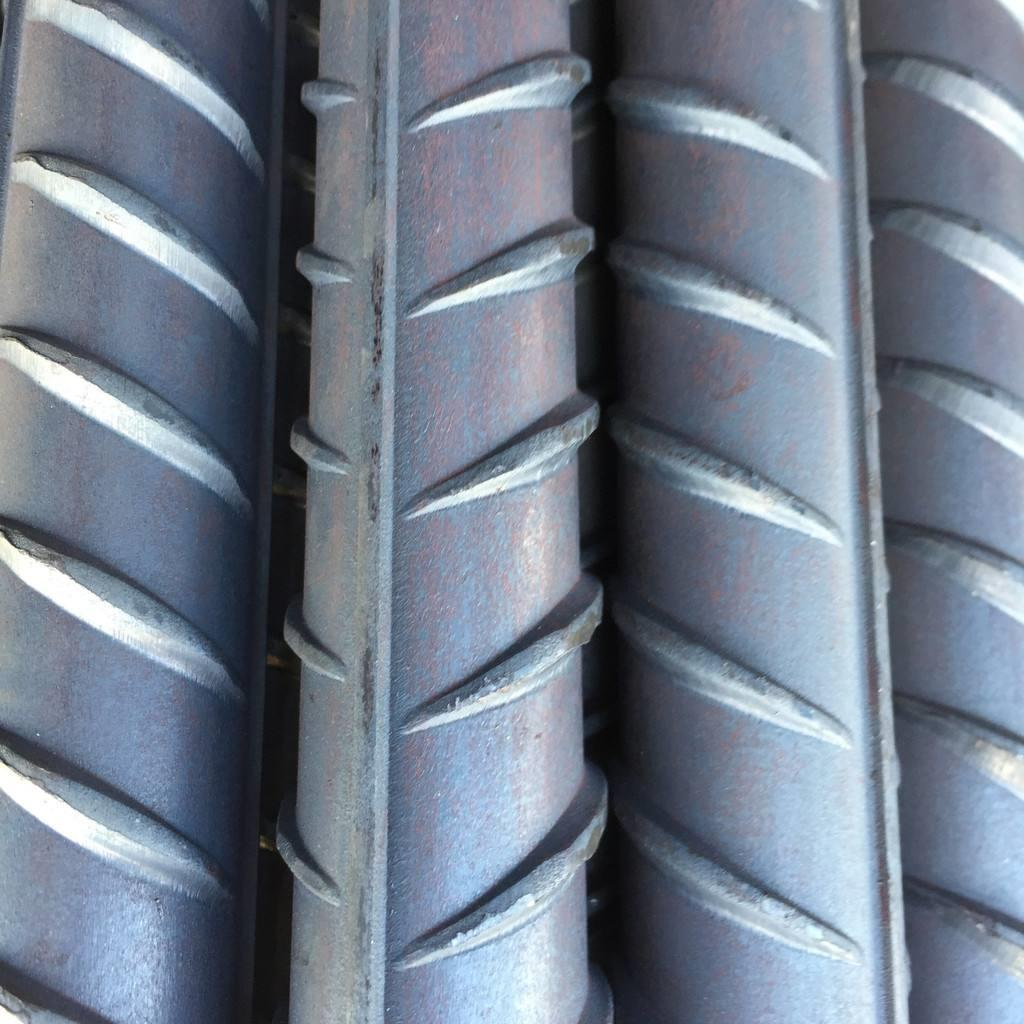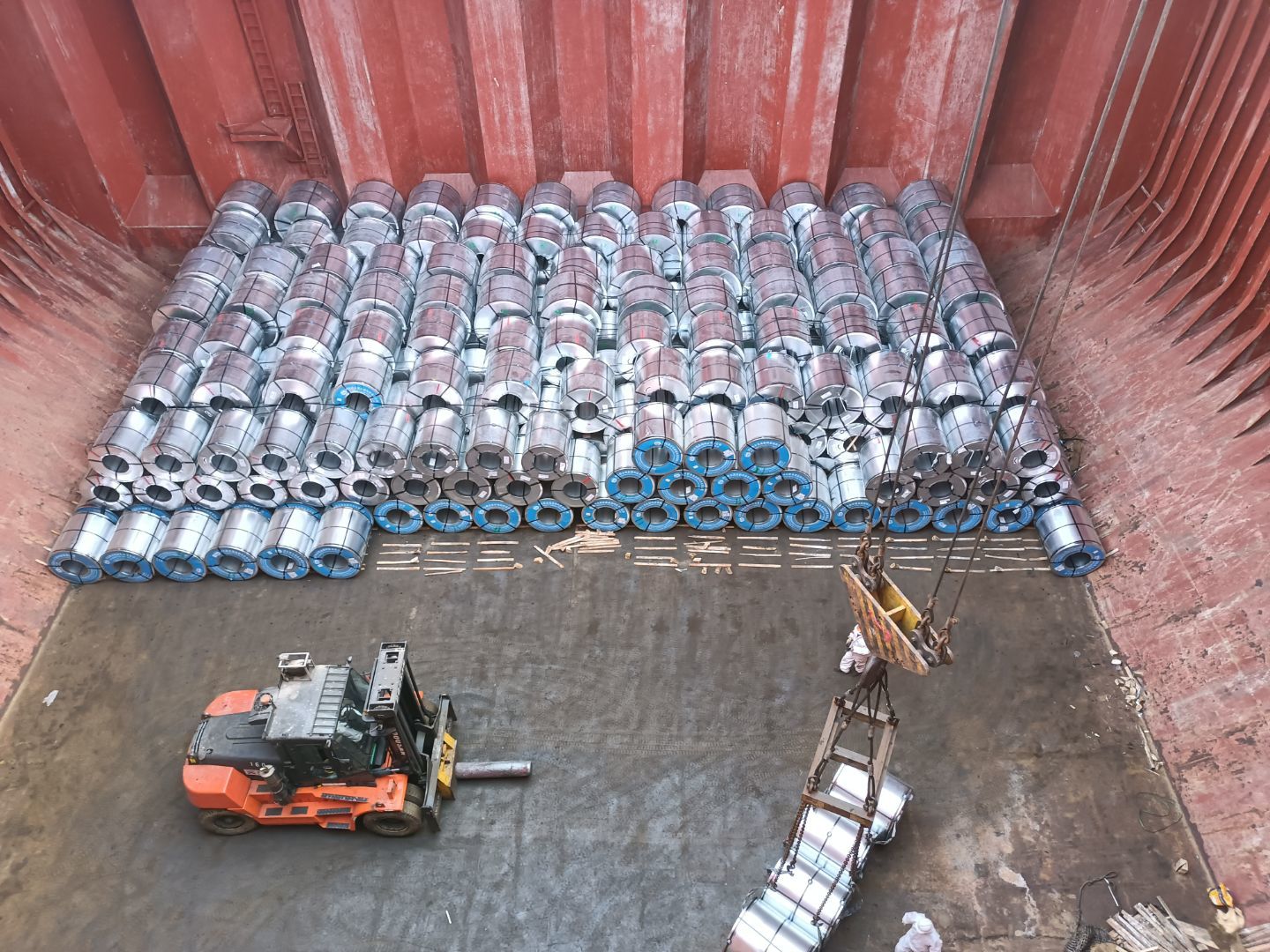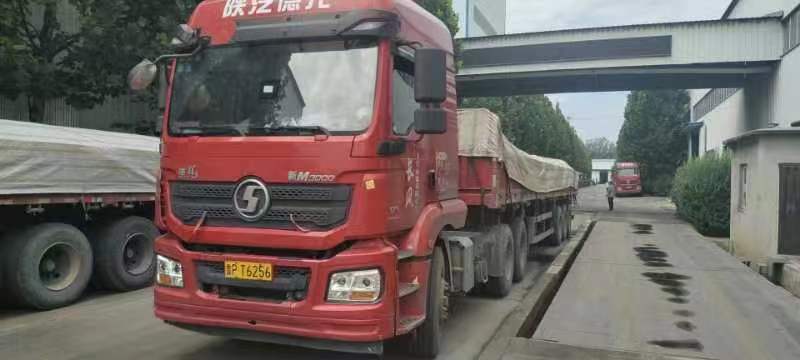China's steel prices were relatively strong in December 2023. They fell briefly after demand fell short of expectations, and then strengthened again driven by raw material cost support and winter storage.
After entering January 2024, what factors will affect steel prices?
As the weather turns colder, outdoor construction has been significantly affected. At this time, we have entered the traditional off-season for construction steel demand. Relevant data shows that as of the week of December 28, 2023 (December 22-28, the same below), the apparent demand for rebar steel was 2.2001 million tons, a decrease of 179,800 tons week-on-week and a year-on-year decrease of 266,600 tons. The apparent demand for rebar has continued to decline since November 2023, and in the second half of the year it was lower than the same period in 2022 for a long time.

The winter storage period is from December to the Spring Festival every year, and the response to winter storage at this stage is average.
First, the Chinese New Year is late this year. If we count from mid-December 2023 to mid-to-late February 2024, there will be three months, and the market will face greater uncertainty.
Second, steel prices will continue to rise in the fourth quarter of 2023. Currently, rebar and hot rolled steel coils are being stored for winter at a price of more than 4,000 rmb/ton. Steel traders are facing greater financial pressure.
Third, against the backdrop of high steel production, the recovery of demand after the Spring Festival is slow, and it is of little significance to carry out large-scale winter storage.
According to incomplete market statistics, 14 steel traders and secondary terminal traders in Hebei Province said that 4 took the initiative to store in winter, and the remaining 10 were passive in winter storage. This shows that when steel prices are high and future demand is uncertain, merchants are cautious in their winter storage attitude. January is a critical period for winter storage. The situation of winter storage will be one of the main factors in market transactions. It is recommended to focus on it.

Short-term crude steel output is stable with decline
According to data from the National Bureau of Statistics, China's crude steel output in November 2023 was 76.099 million tons, a year-on-year increase of 0.4%. China's cumulative crude steel output from January to November 2023 was 952.14 million tons, a year-on-year increase of 1.5%. Judging from the current production situation, the author believes that the crude steel output in 2023 is likely to slightly exceed that in 2022.
Specific to each variety, as of the week of December 28, 2023 (December 22-28, the same below), rebar production was 2.5184 million tons, a decrease of 96,600 tons week-on-week and a year-on-year decrease of 197,900 tons; hot rolled steel coil plate output was 3.1698 million tons, an increase of 0.09 million tons week-on-week and a year-on-year increase of 79,500 tons. Rebar production will be lower than the same period in 2022 for most of 2023, while hot rolled steel coil production will be higher.
As the weather turns colder, many northern cities have recently issued severe pollution weather warnings, and some steel plants have suspended production for maintenance. Taking into account the different impacts of seasonal climate on construction and manufacturing, the author believes that rebar production may further decline in the future, while hot rolled steel coil production will remain flat or increase slightly.

Rebar enters inventory accumulation cycle
Hot rolled steel coils continue destocking trend
Relevant data shows that as of the week of December 28, 2023, the total inventory of rebar was 5.9116 million tons, an increase of 318,300 tons week-on-week and a year-on-year increase of 221,600 tons. This is the fifth consecutive week that rebar inventories have increased, indicating that rebar has entered a storage accumulation cycle. However, from a full-year perspective, there is little pressure on rebar inventory, and the overall inventory level is low, which supports steel prices. In addition, the peak inventory level in the past two years has returned to pre-epidemic levels, and there has been no excessive inventory level during the epidemic, which has supported prices.
During the same period, the total inventory of hot rolled steel coils was 3.0498 million tons, a decrease of 92,800 tons week-on-week and a year-on-year increase of 202,500 tons. Since the manufacturing industry is not greatly affected by seasonality, hot rolled steel in coils are still in the destocking cycle. However, it should be noted that hot rolled coil inventory will be running at a high level in 2023, and the inventory at the end of the year will be the highest in the past five years. According to historical rules, hot-rolled coils will enter the inventory accumulation cycle before the Spring Festival, which will put pressure on the prices of coil steel products.
Taken together, the author believes that the current contradiction between steel supply and demand is not prominent, the macro market has entered a policy vacuum period, and both supply and demand are fundamentally weak. The real demand that has a greater impact on prices will not be gradually reflected until after the Spring Festival. There are two points to focus on in the short term: first, the situation of winter storage. Steel traders’ attitude towards winter storage not only reflects their recognition of the current steel price, but also reflects their expectations for the steel market after the spring; second, the market’s expectations for spring policies , this part is difficult to predict, and is more a reaction of emotions on the market. Therefore, steel prices may continue to fluctuate and run strongly, with no trend direction.
Post time: Jan-04-2024